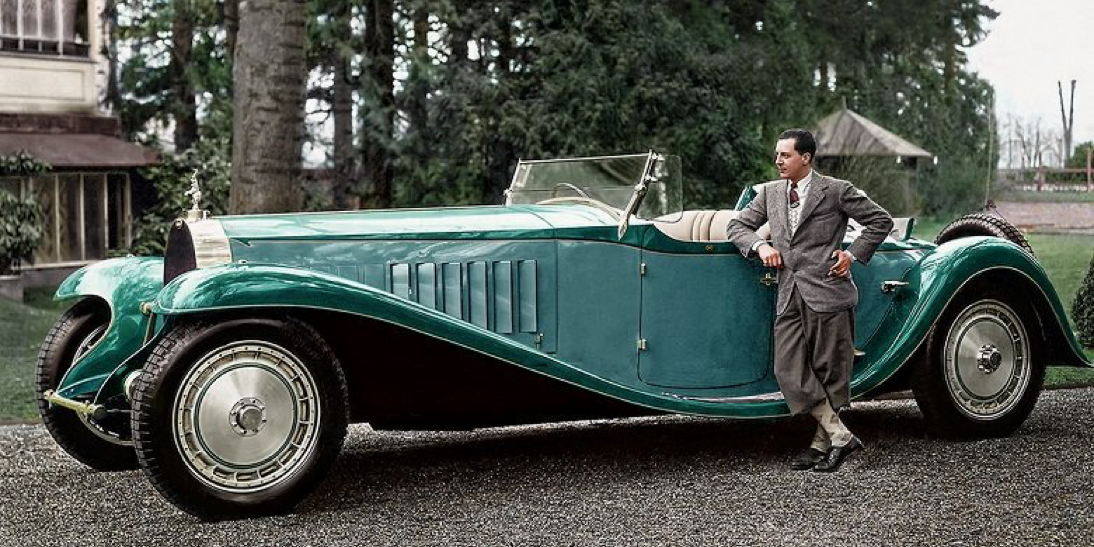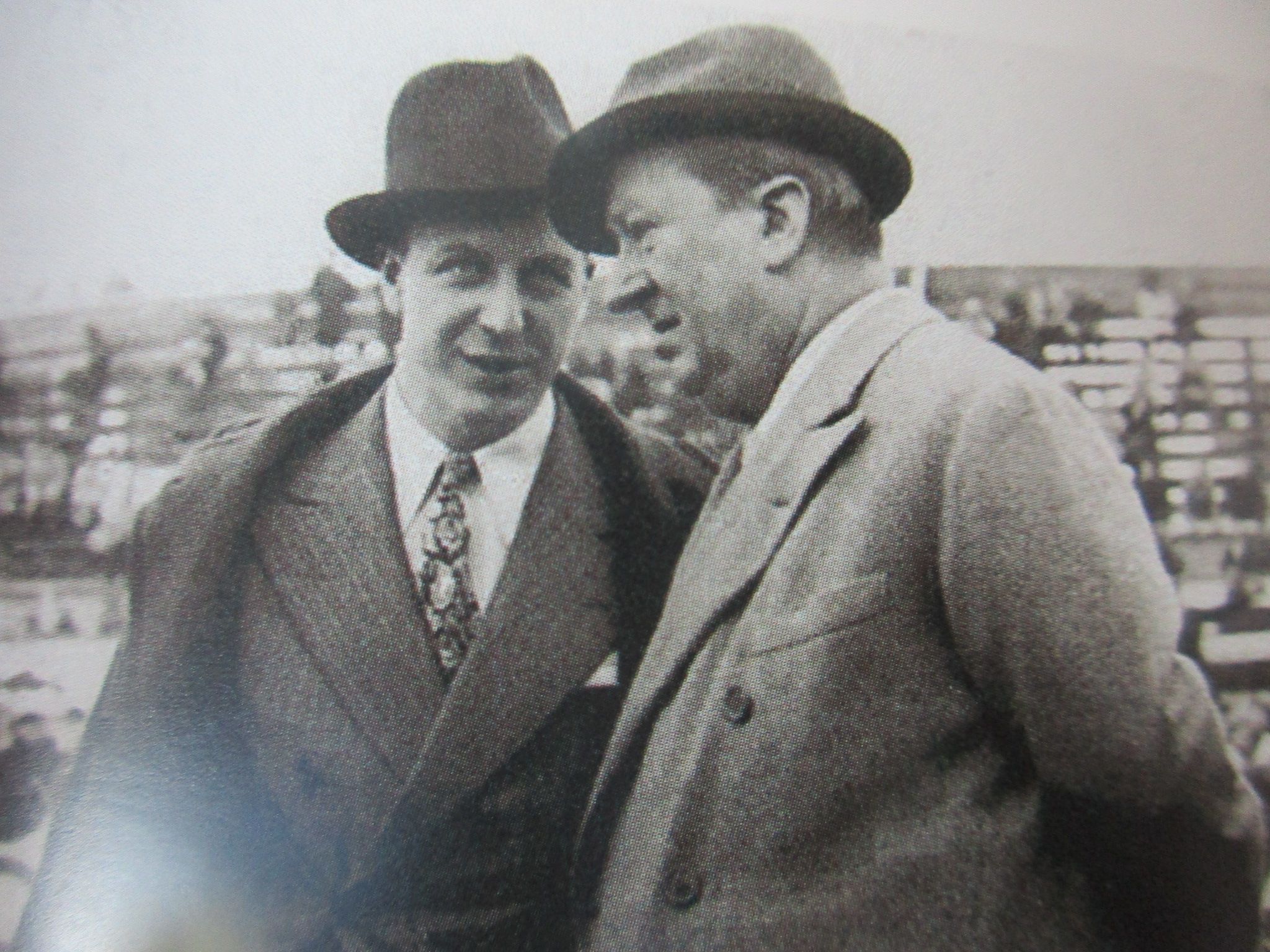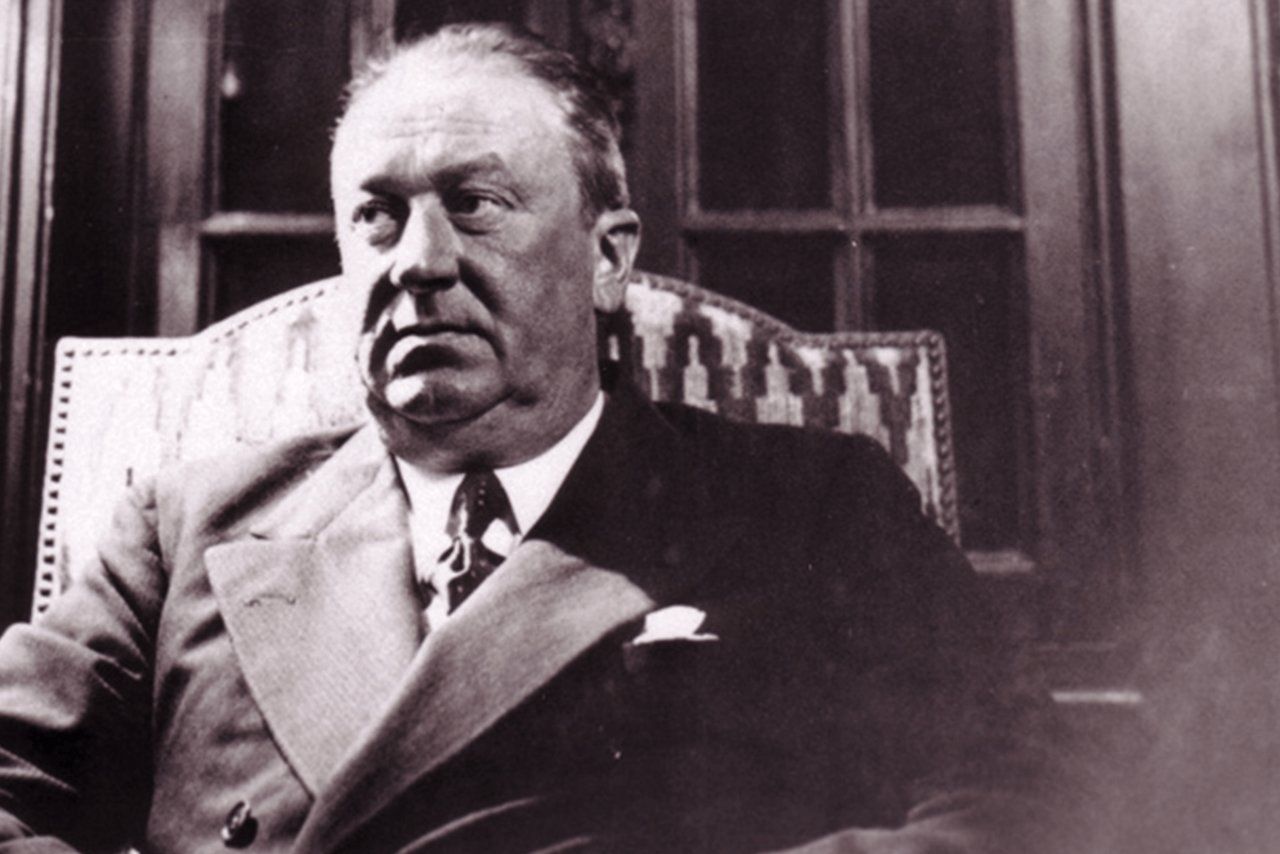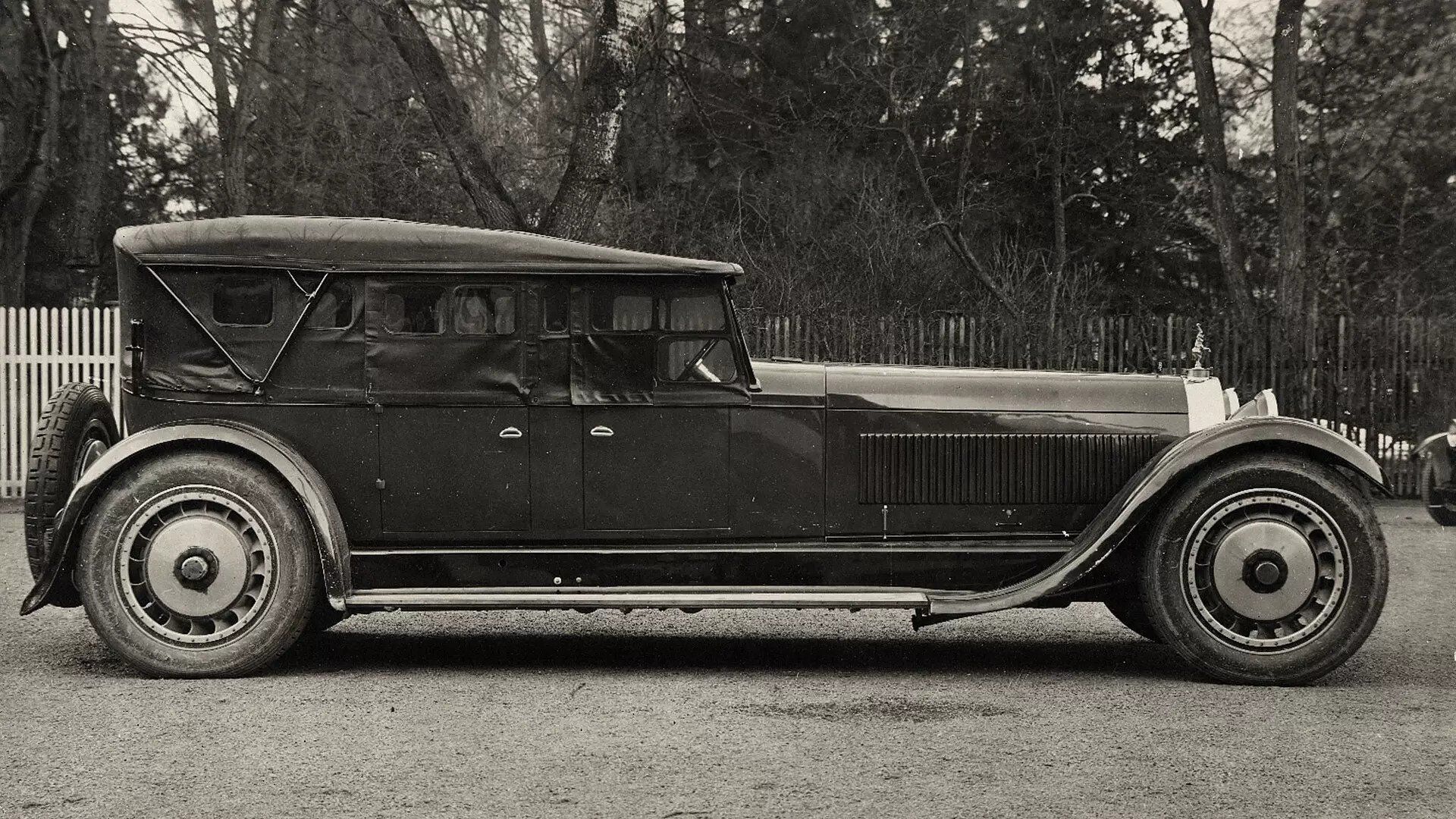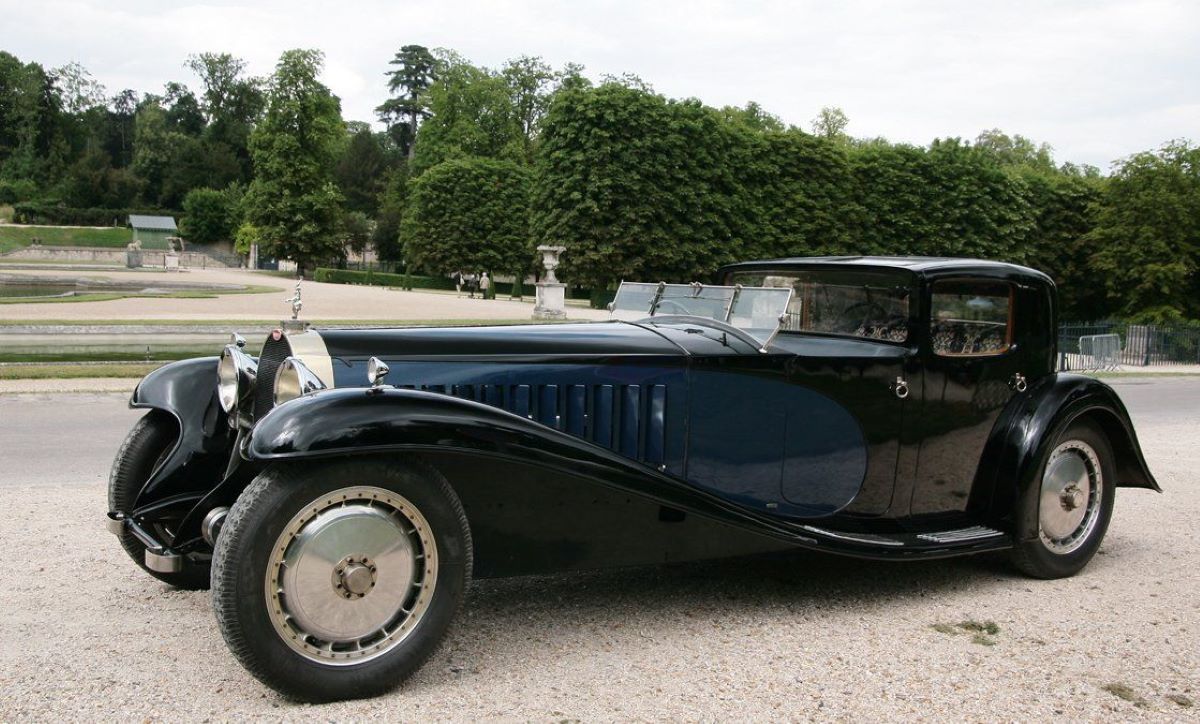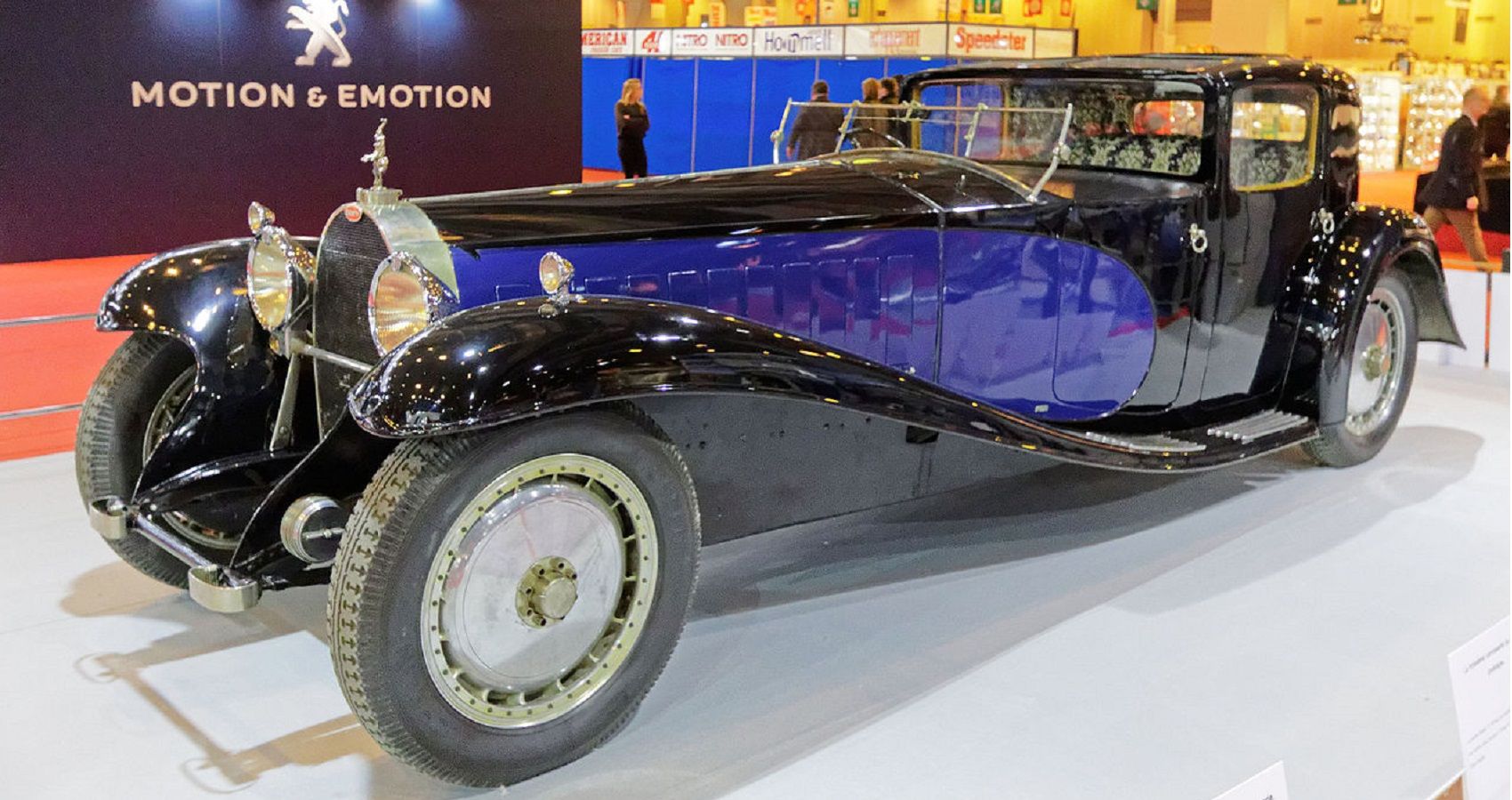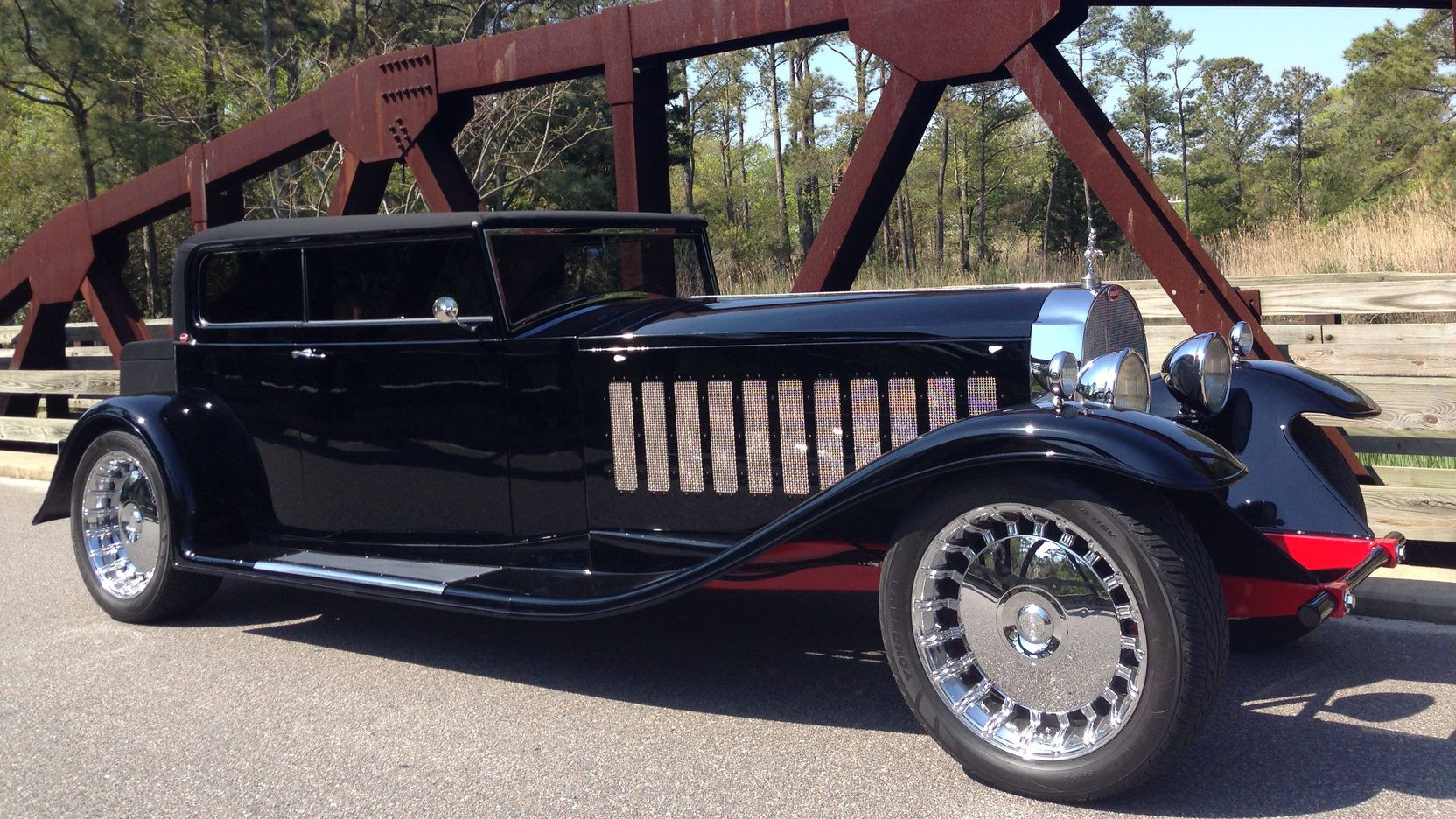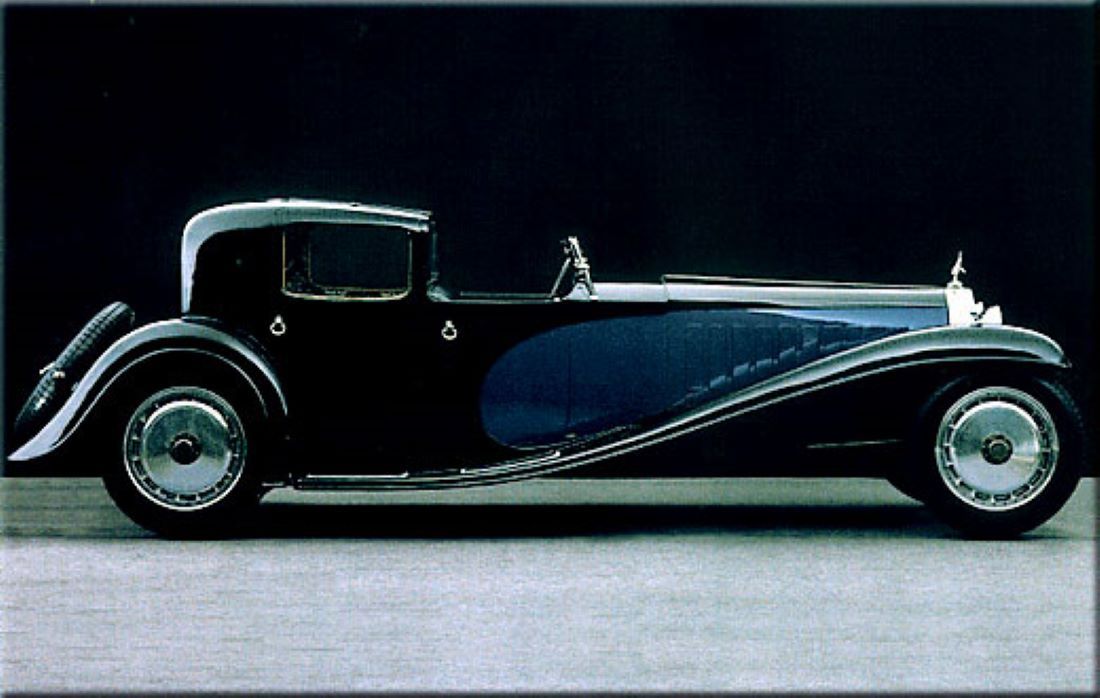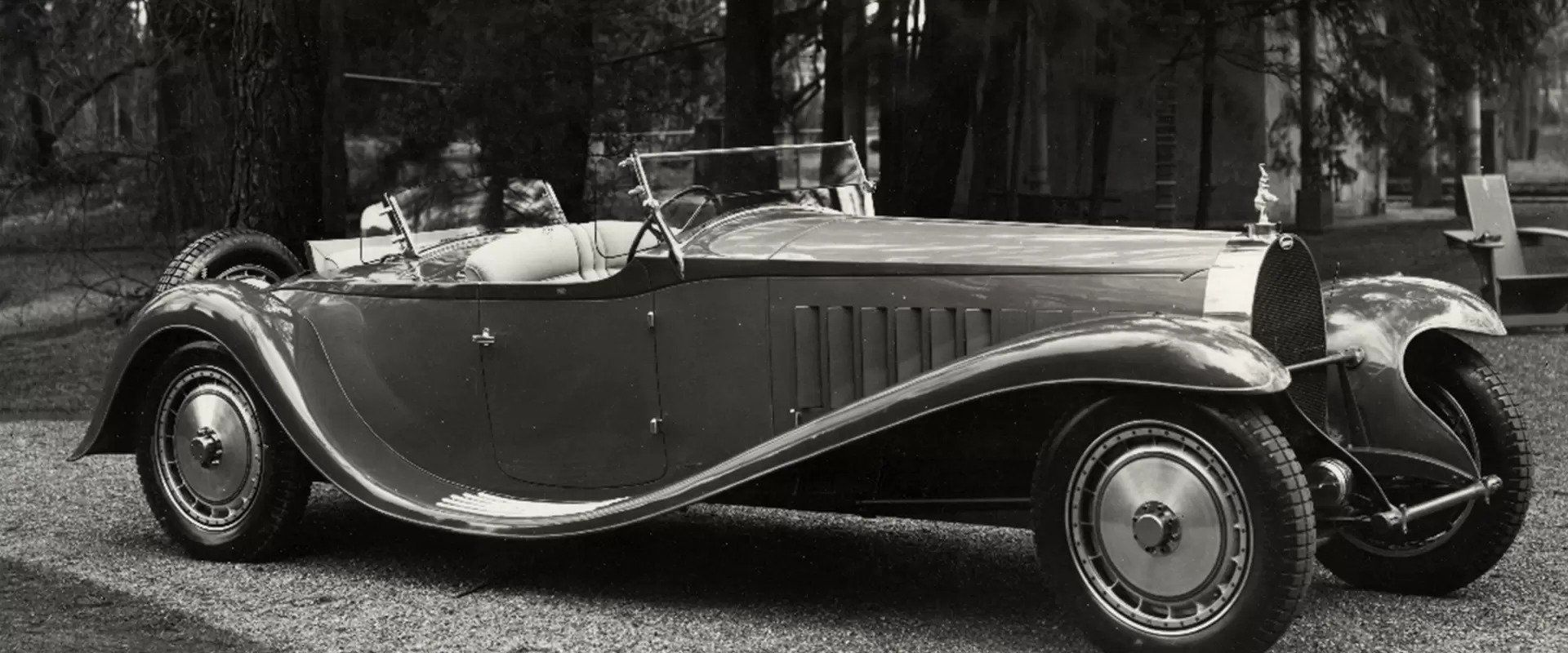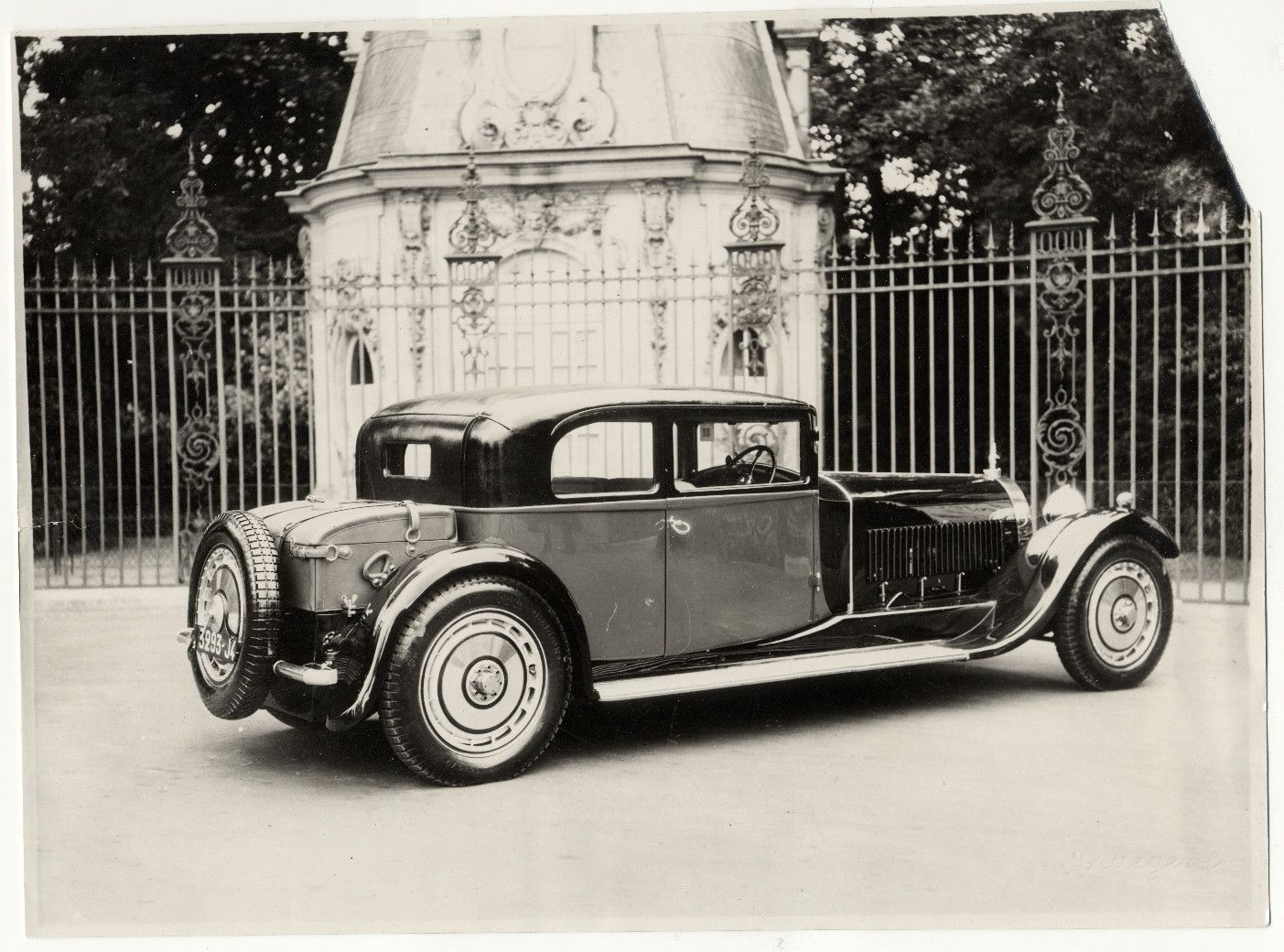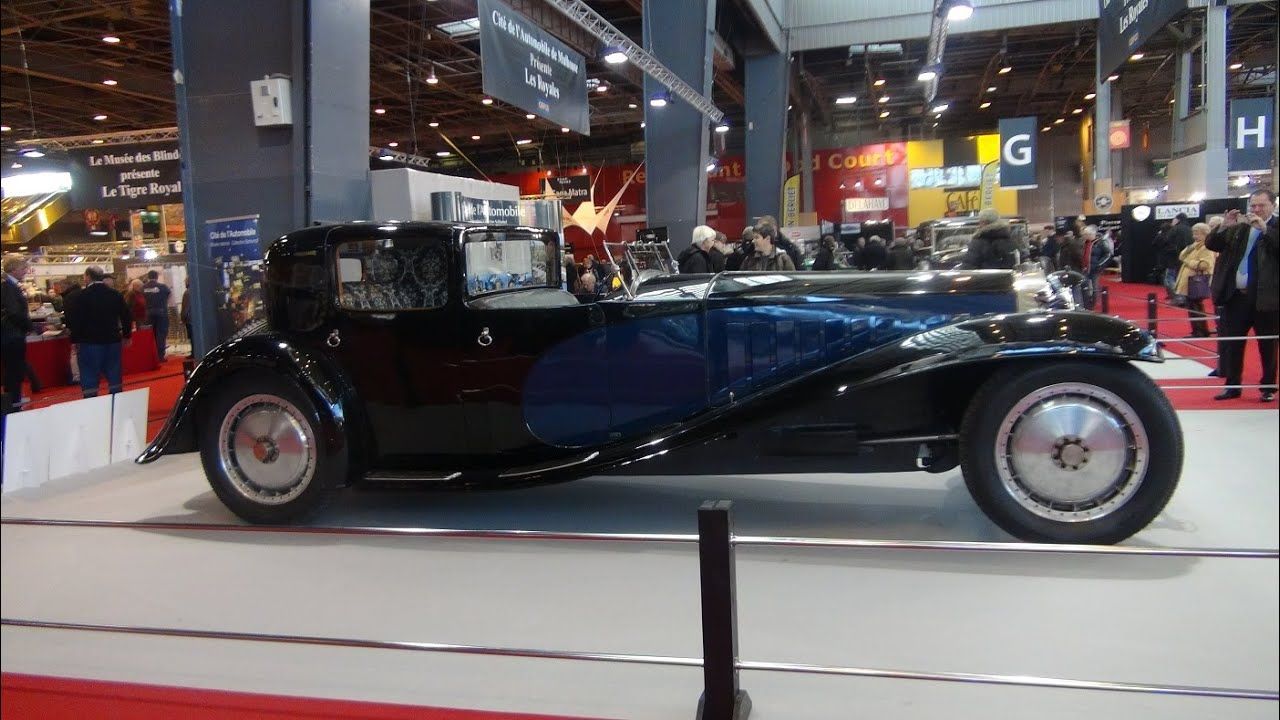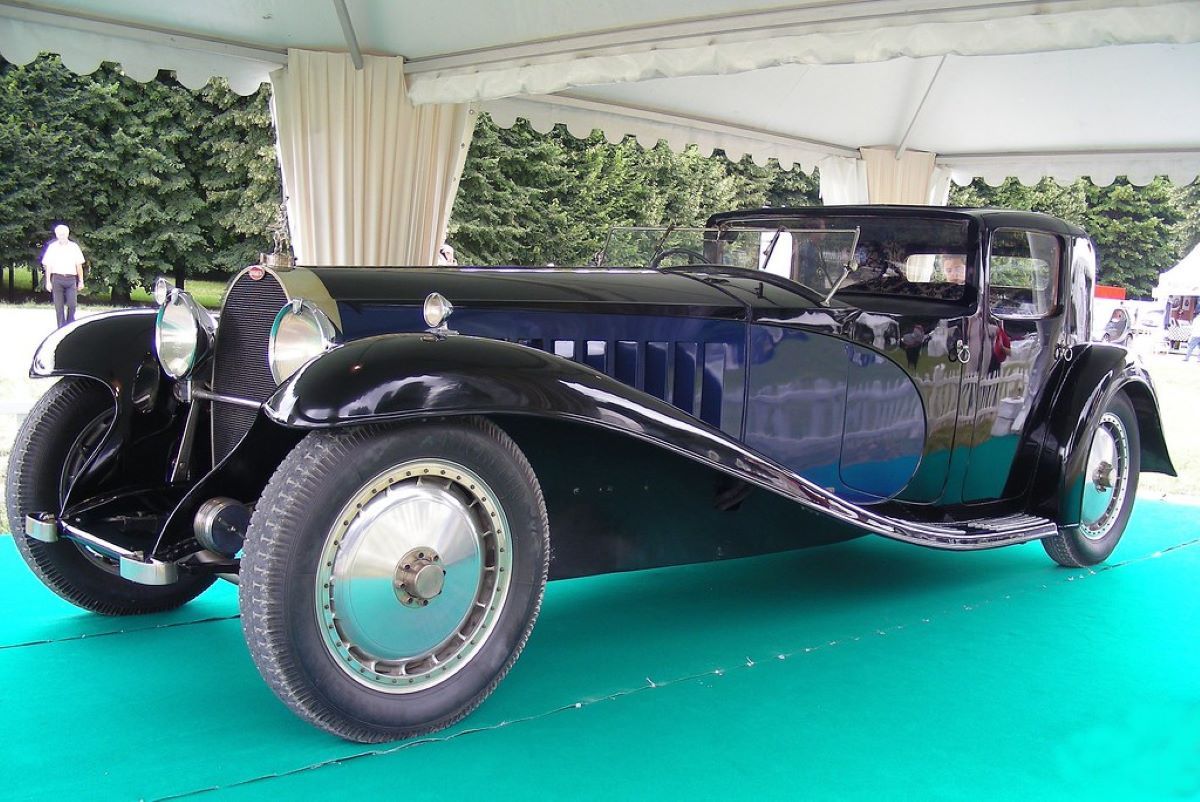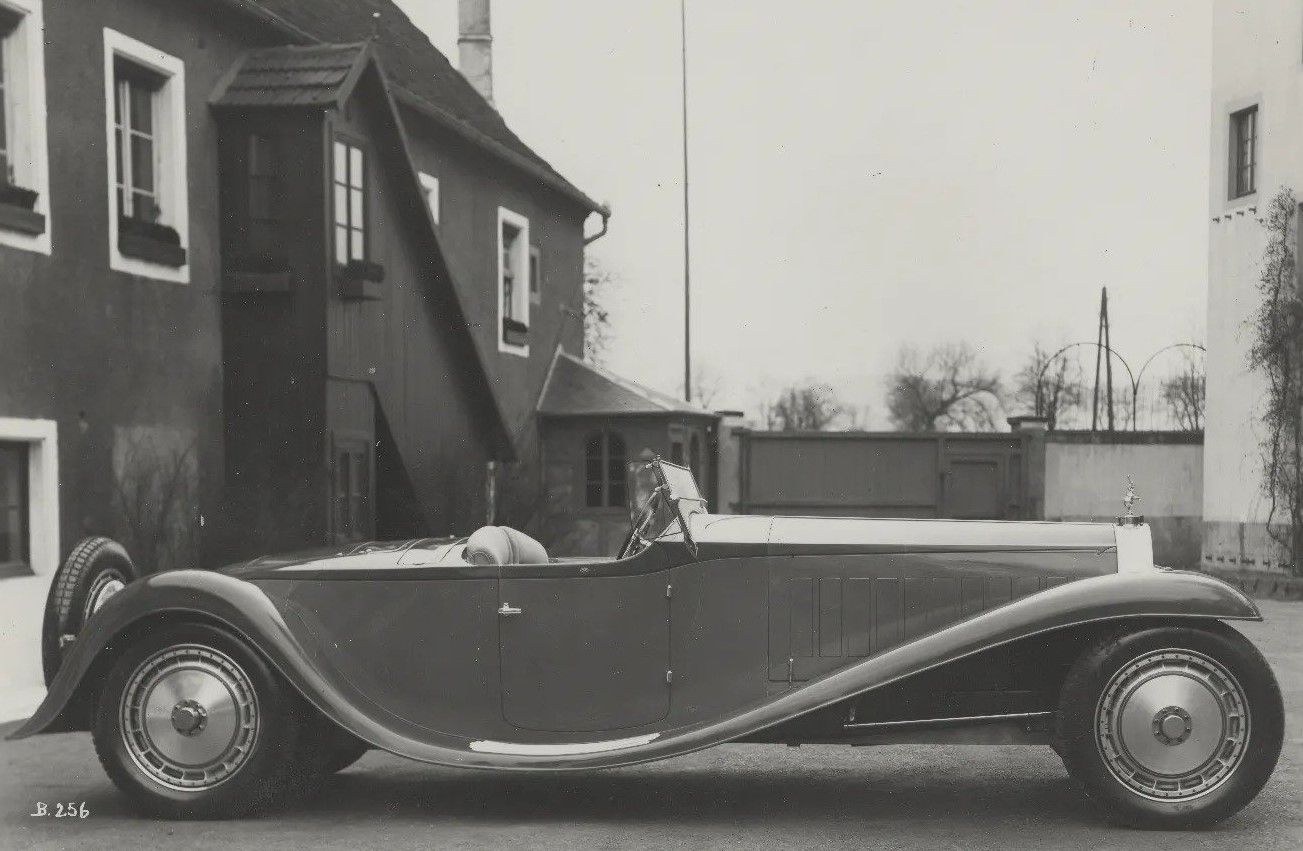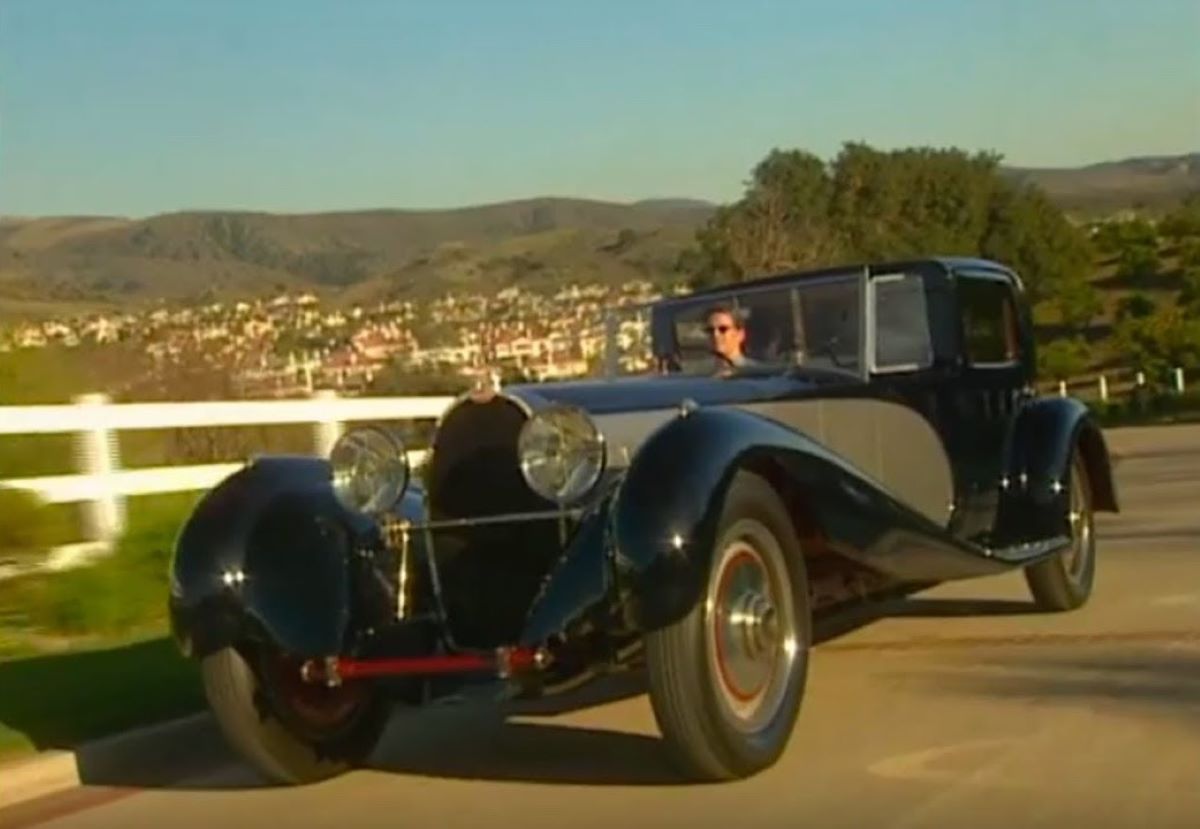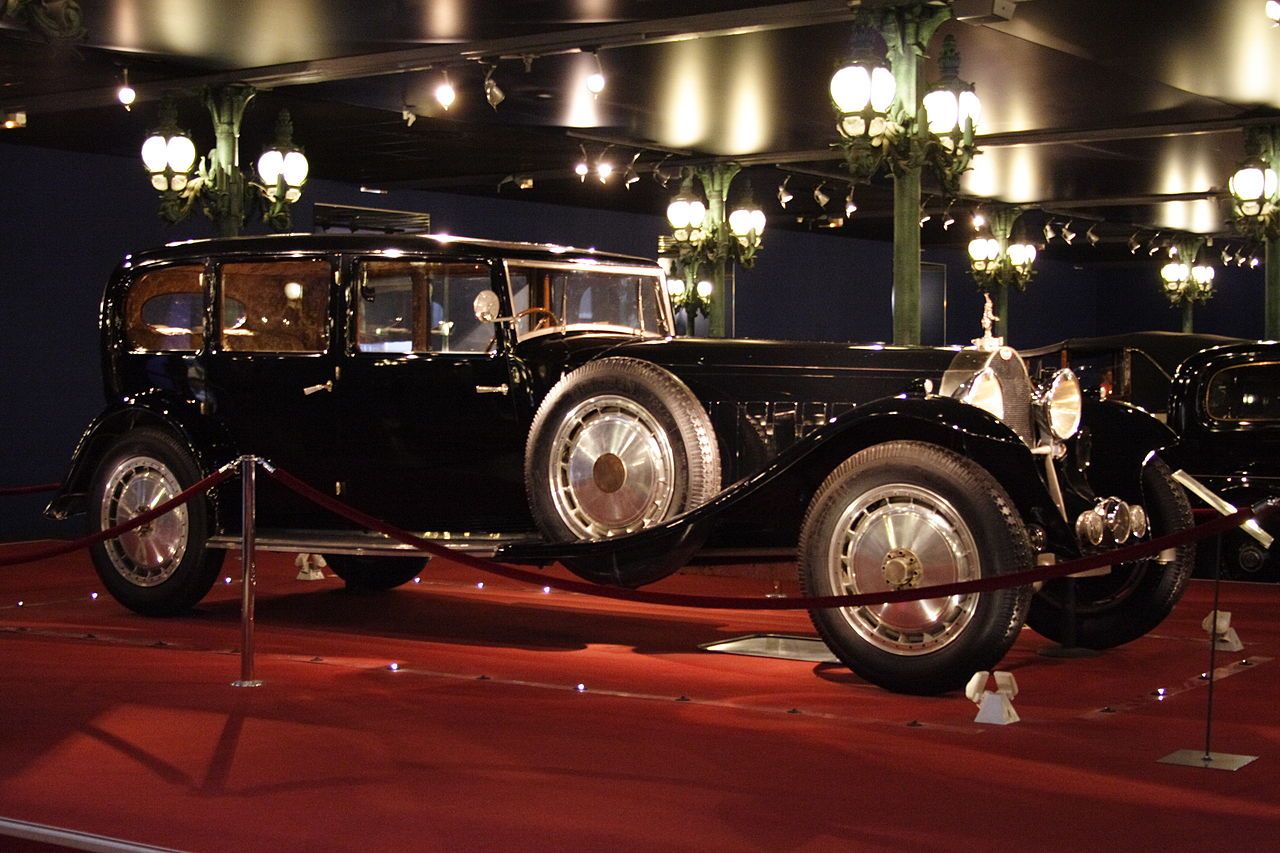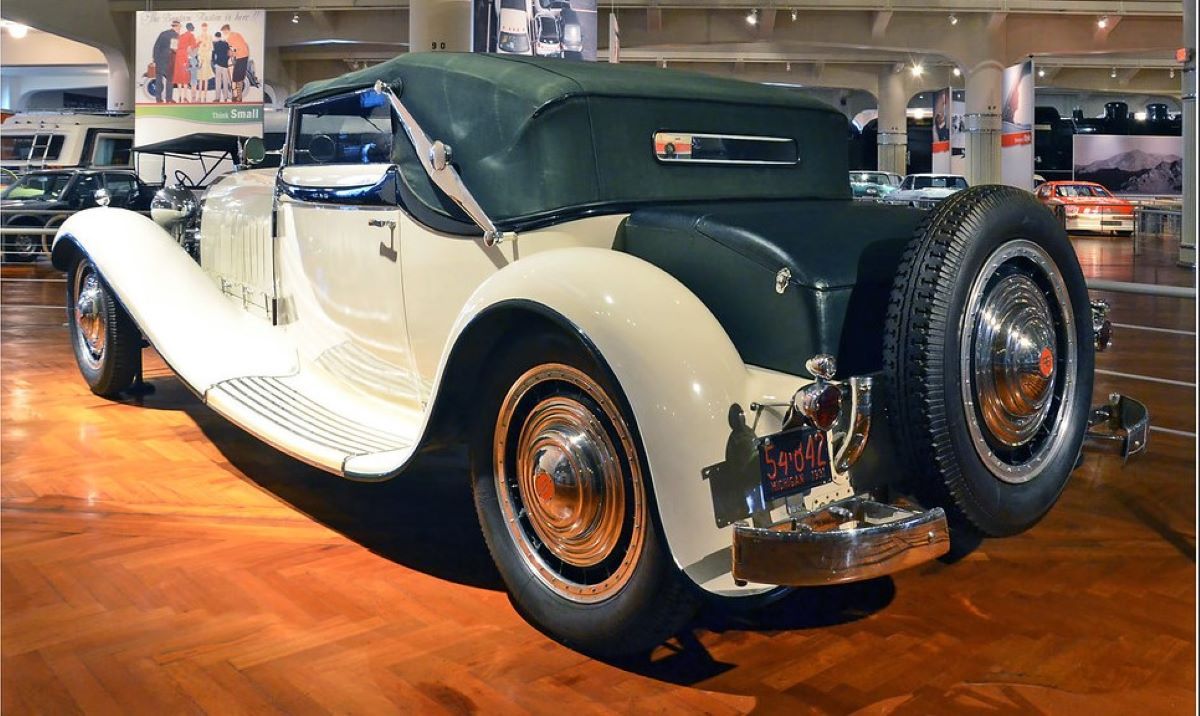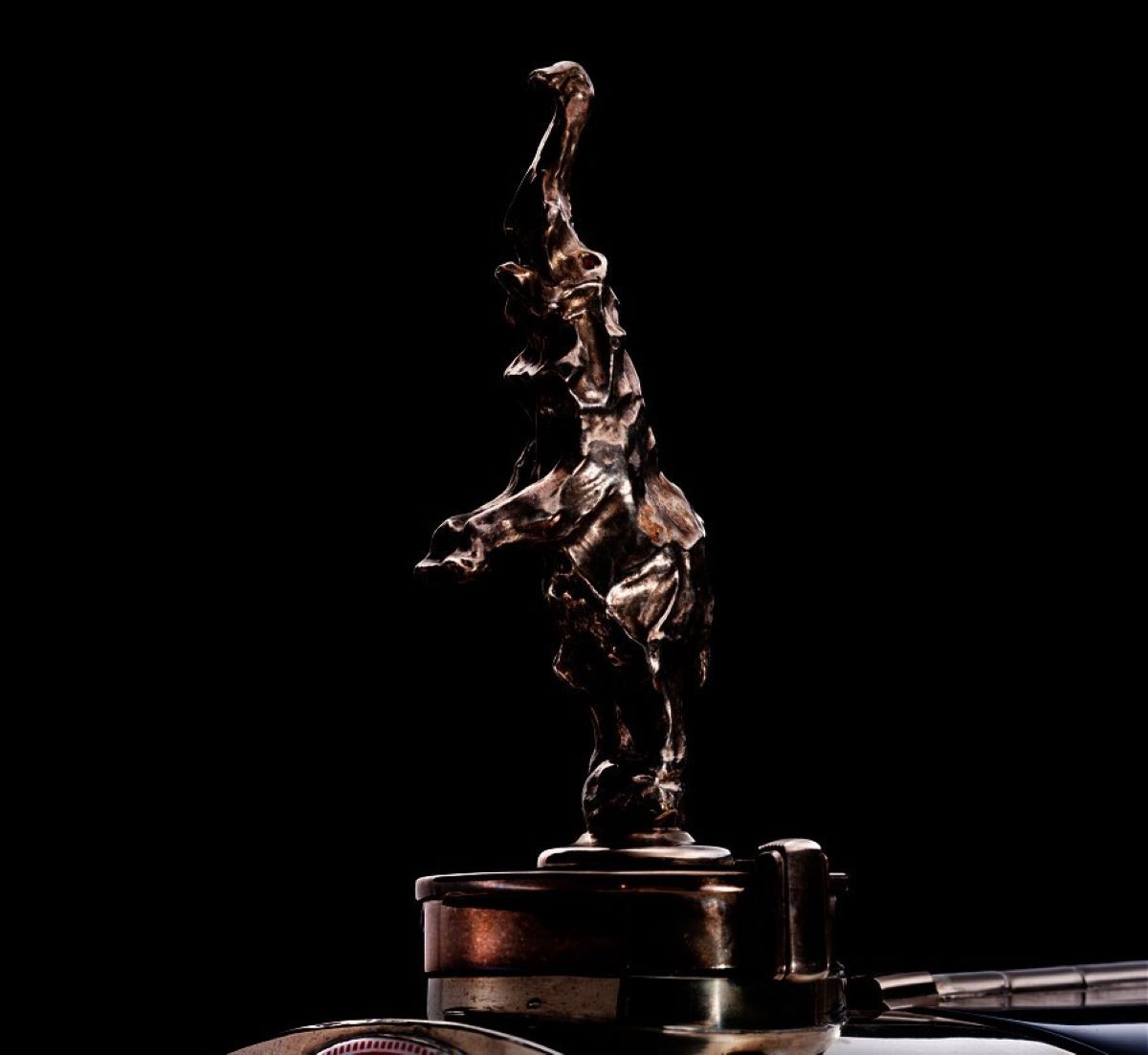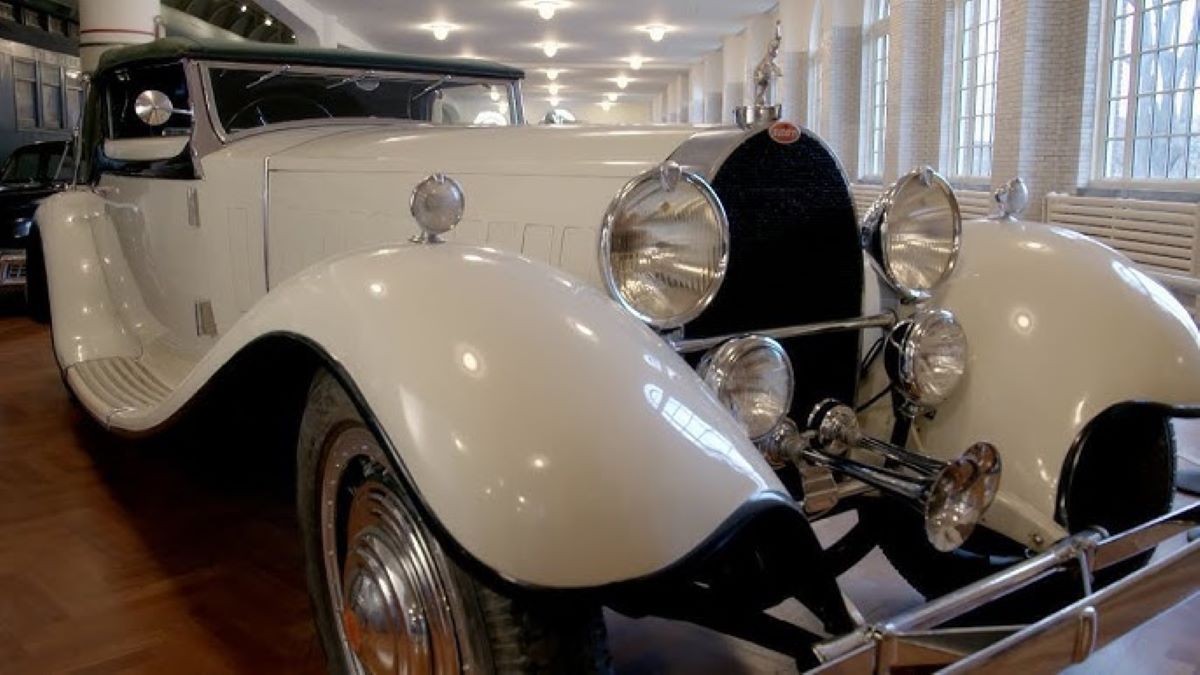The Bugatti Type 41 Royale is one of the most iconic Bugatti models ever made. It was luxurious. It was exorbitant. It was big and bold. It still captures our attention, even though it has been decades since it was last constructed. It has one of the largest engines ever fitted in European cars.
The backstory behind the Type 41 is fascinating, all starting with Bugatti's founder, Ettore Bugatti. Some stories transport us into the sewers of Paris, away from the Nazis. Other stories take us into Ettore's own world, where he possessed his own Royale. Let's take a look at the exquisite Bugatti Royale.
10 Ettore Bugatti - The Designer
Ettore Bugatti was born in Italy in the latter half of the nineteenth century. He founded his company in 1909 and was soon recognized for his engineering prowess as one of his Bugattis ended up winning the Monaco Grand Prix.
He was also known for designing plane engines. Unfortunately, his factory was destroyed in the Second World War. But it never stopped Bugatti. He ended up building a new factory and designing new cars. His company was known for many creations, including the Type 57 Atlantic that was created by his son.
9 Opulence, The Twenties, And The Bugatti Royale
The Bugatti Royale was a product of its time. It was the swinging Twenties, a time of opulence and excess. It was the Bugatti Type 41 but was referred to as the Royale, fit for kings, queens, and emperors.
But the Great Depression was around the corner. The times were about to change. With such an economic downturn, not even a king or a queen was about to spend on such a lavish vehicle.
8 Large And Bold
The Bugatti Royale was large and bold in its design. But when you are designing for royalty, you expect nothing less. The curb weight of one of these lavish vehicles was about 7,000 pounds.
It stretched out to 252 inches in length. Its wheelbase was 169.3 inches. It was built to be recognized. It was large and bold in more than one way. The price tag was over 100,000 Reichsmarks, meaning that it was triple the price of similar limousines at that time. This is certainly not one of those cheap vintage cars from the 1930s.
7 Exquisite Look
When you look at the Bugatti Royale, it screams lavishness, beauty, and charm. With the stretched-out hood, it was going to own the road. The refined details set it apart. The purposeful curves add to its allure. Just check out the line of the fenders. The ornamental dancing elephant completed its aesthetic. It is certainly one of the most beautiful cars of the 1920s and 1930s.
The second Bugatti built was missing a key feature of a car's design: Its headlights. The story goes that the first Bugatti owner, Dr. Armand Esders, said he was not going to be driving at night and so headlights were not necessary. Not only that, the headlights would take away from the beautiful aesthetic of the Royale. So Ettore's son fulfilled his request when designing what would become known as the Royale Esders Roadster.
6 A Massive Engine - Drive With Power
Powering this lavish beast was a 12.8-liter inline eight-cylinder engine. It could deliver 300 horsepower. It could reach speeds of over 120 mph. Just need to check out some of the fastest cars in the 1920s. Considering that an aircraft engine became a blueprint for the Royale drive then it is not surprising.
A road test in 1926 delivered the unsurprising verdict. The driver concluded that it was a smooth ride with good handling upon acceleration.
5 Gearbox And Suspension
The engine was matched with a three-speed gearbox. Its multi-plate dry clutch transmitted power to the rear wheels via the gearbox.
More comfort was achieved because of the doubling of the quarter elliptical suspension on the axles. Overall, Bugatti wanted to achieve a smoother ride. He believed in this car so much that he even rode in his own personal Royale.
4 The Coupé Napoleon - Ettore's Royale
Mention needs to be made of the Coupé Napoleon. It was Ettore Bugatti's personal car. The Ermenonville Chateau was its home. But financial problems forced it to be relocated.
The Coupé Napoleon was re-bodied by the coach-builder Weymann. Charles Terres Weymann was born in Haiti, served as a WW1 pilot, relocated to France, and became known for his use of fabric for his car bodies. He established factories around the world. As for the Coupé Napoleon, Ettore Bugatti crashed the re-bodied Royale, and it had to be rebuilt. Legend has it that Ettore fell asleep at the wheel.
3 A King's Ride
It was the Royale for a reason. Yes, its lavish size and exquisite build were something to admire. But it also became a luxury car for kings.
King Alfonso of Spain was going to have his own Royale ride, but instead, he was deposed. The king of Romania was also meant to take delivery of his own Royale, once it was re-bodied. But World War 2 prevented it. The car was later hidden in the Paris sewers, concealed away from the Nazis. It was part of the story of the Coupé de Ville Binder, one of the existing six Royales.
2 The Existing Six
Six Royales exist, with the Prototype being destroyed in the early thirties. The Coupé Napoleon and the Coupé de Ville Binder are not the only Royales with their own story. The Cabriolet Weinberger was relocated from Switzerland to Shanghai and then to New York because of the political tensions before the War.
The Limousine Park-Ward and the Kellner car were the fourth and fifth Royales, respectively. The Berline de Voyage was sold to some famous figures, including the Domino's Pizza founder.
1 The Aftermath
Ettore Bugatti died in 1947, but the grandeur of the Bugatti Royale lives on. Because of its exorbitant price tag, replicas have been built. But that is no surprise, considering the beauty and lavishness of the Royale.
Sometimes, a car comes along that turns the eye, where its exquisite build, its bold design, and its intriguing backstory capture the attention. The Bugatti Royale is one such car. It has to rank as one of the absolute coolest cars from the roaring '20s. With its rarity and its elegance, the Royale will live on, not only as a part of automotive history but as a royal taste of opulence.

